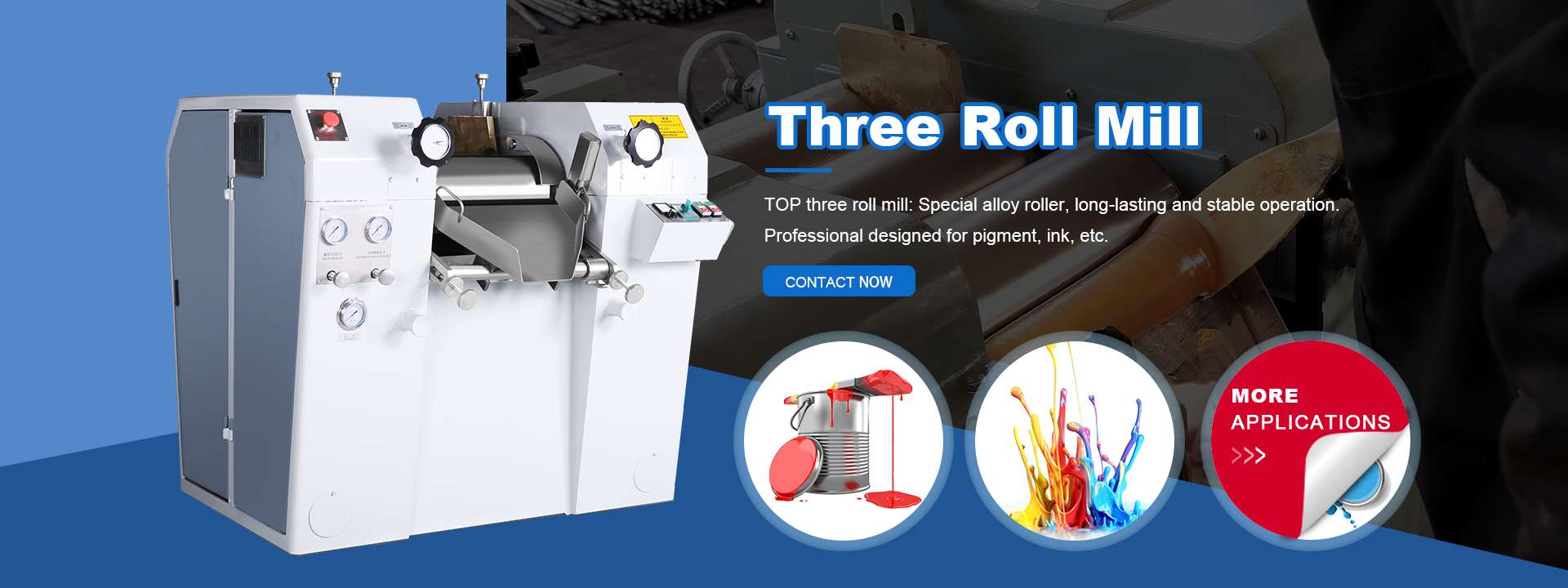Home » The use characteristics and skills of the Three roll mill
The use characteristics and skills of the Three roll mill
Three roll mill is referred to as a triple roll mill. Three roll mill is the most efficient equipment for grinding and dispersing high viscosity materials. Three roll mills can be divided into laboratory three roll mills and production three roll mills. Both are mainly suitable for the production of paints, inks, pigments, plastics, and other slurries. Its working principle is to achieve the grinding effect through the surface extrusion of three horizontal rollers and friction at different speeds.
Working principle and design features
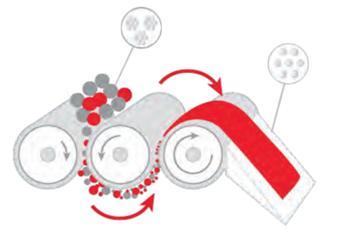
The correct way to use the three roll mill
Rotation operation:
1. Open the Three roll mill to check:
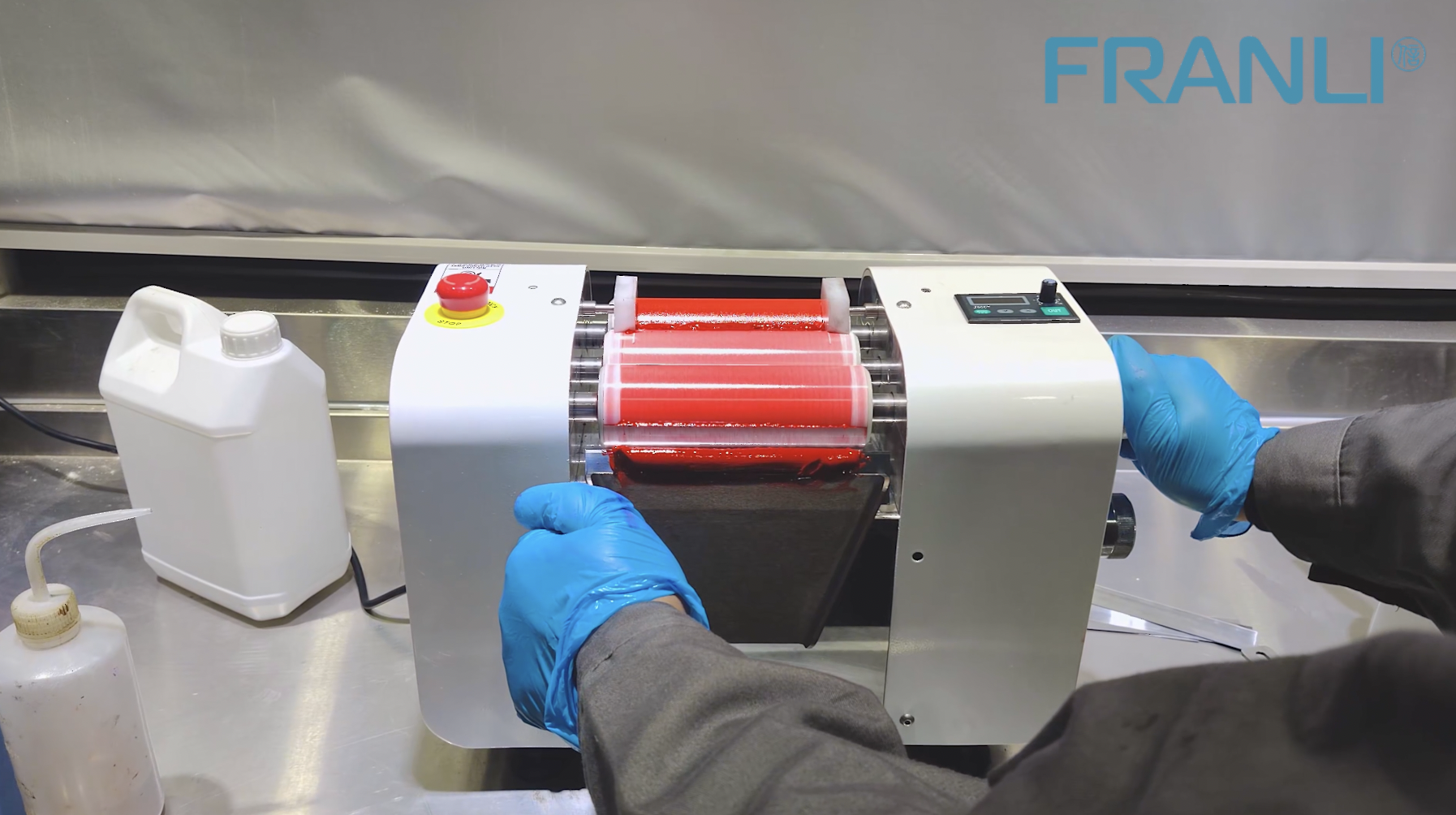
2. Preparations before starting:
(2) Release the blanking knife.
(3) Slightly loosen the gear tip.
(4) Prepare the slurry tank (must be cleaned)
(5) Open the cooling water valve
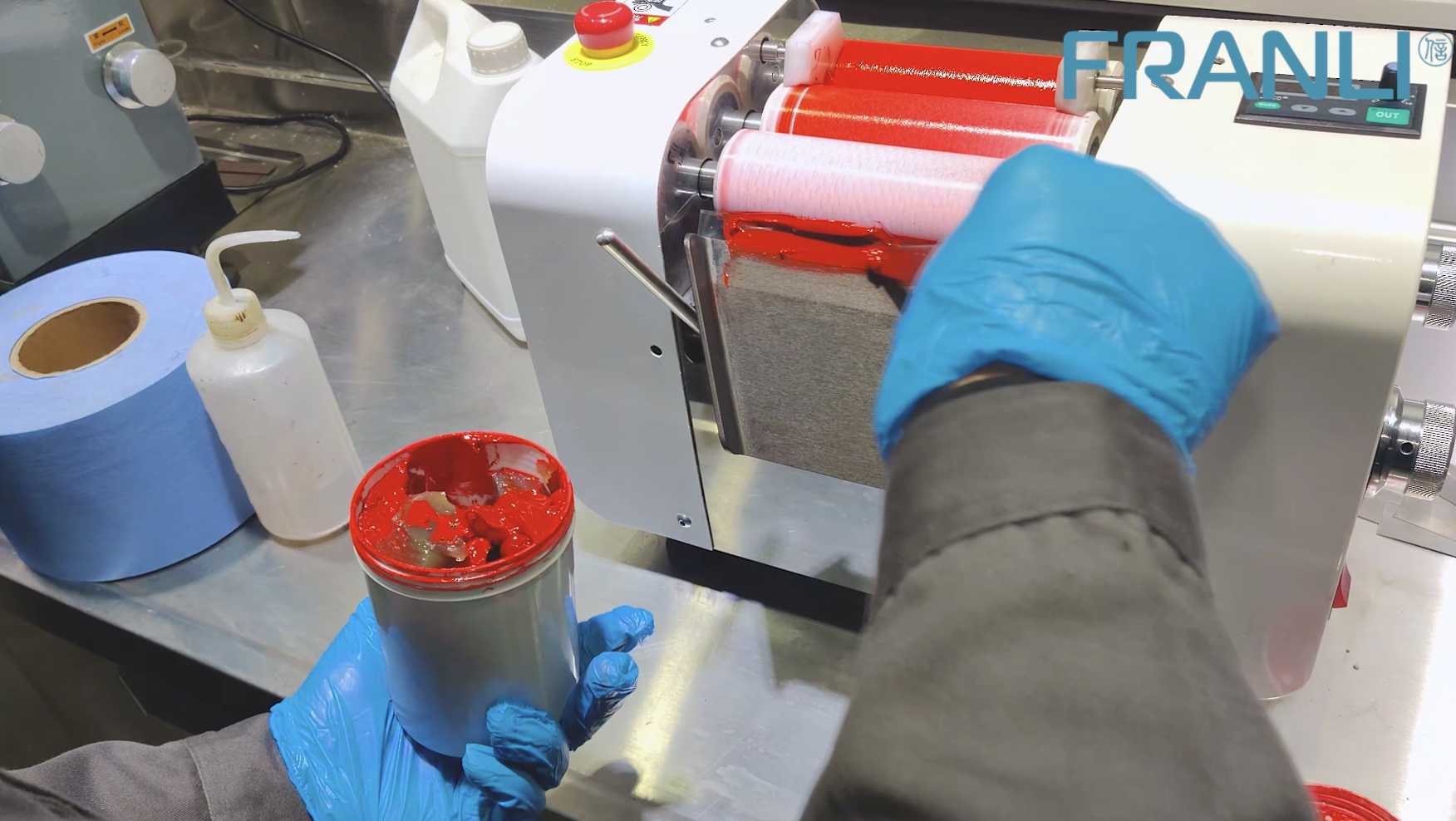
3. Start:
(2) Appropriately press the tip of the gear and immediately load the material (paint)
(3) Rotate the handwheel, adjust the slow roller and the fast roller, move closer to the middle, observe that the roller surfaces are parallel, and adjust the tightness of the roller.
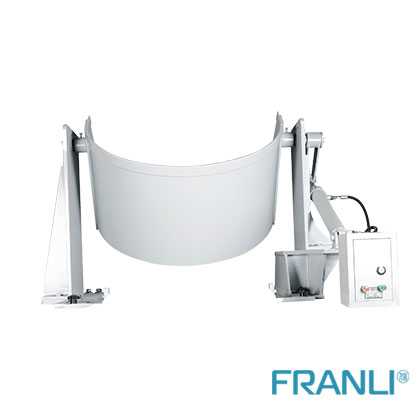
Copyright Notice :
This article only represents the author’s point of view.
This article is published under the authorization of the author.
Source: Franli
This article address : The use characteristics and skills of the Three roll mill
Related Products
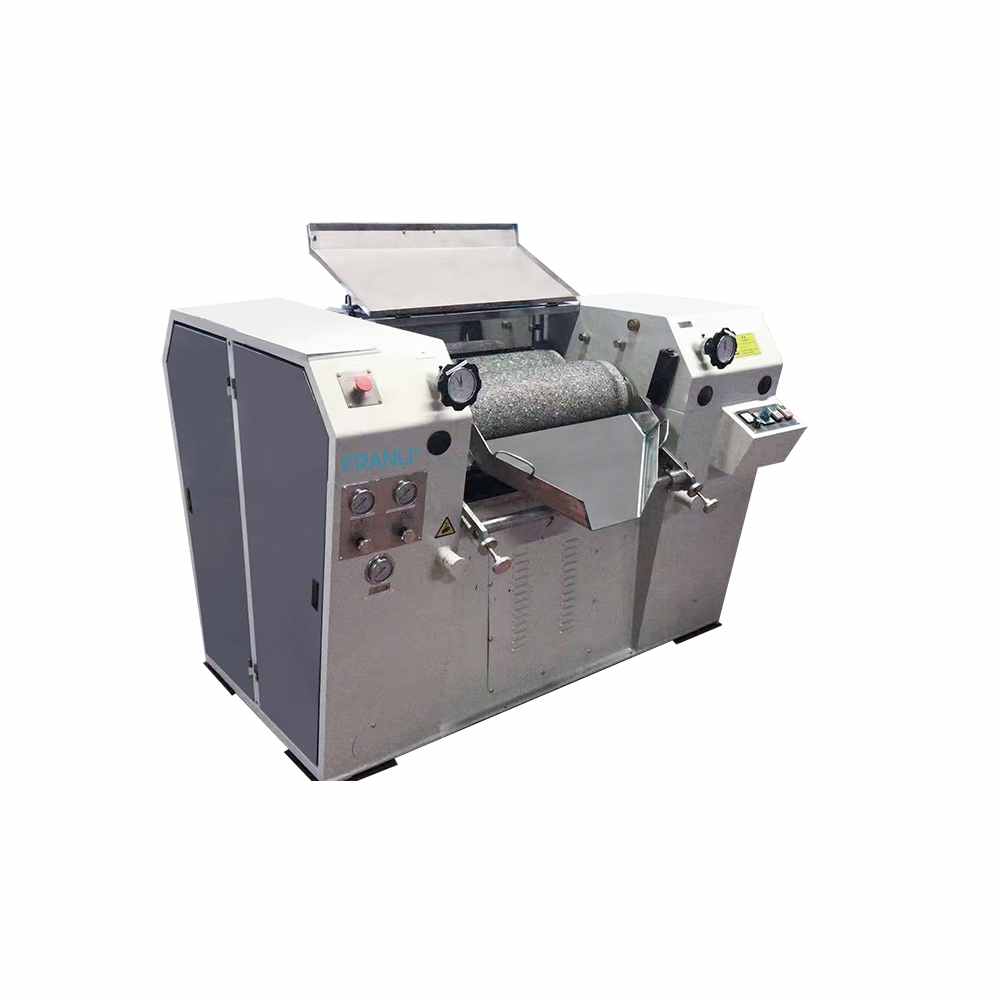
Granite Three Roll Mill
The granite three roll mill is suitable for the grinding of various art pigments, water-based colorants, pasty raw materials, chocolate, vanishing cream, cosmetic pigments, lipsticks, and other materials. It has its unique grinding effect.
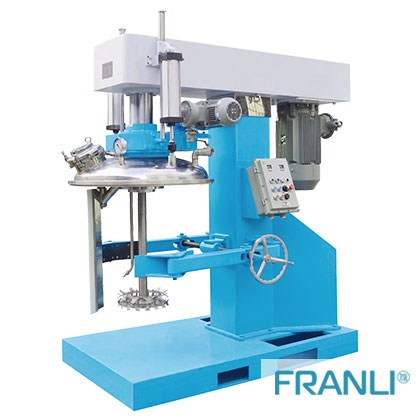
Twin Shaft Disperser
The Twin Shaft Disperser is composed of two sets of mixing devices. Different mixing devices can be designed according to different materials.
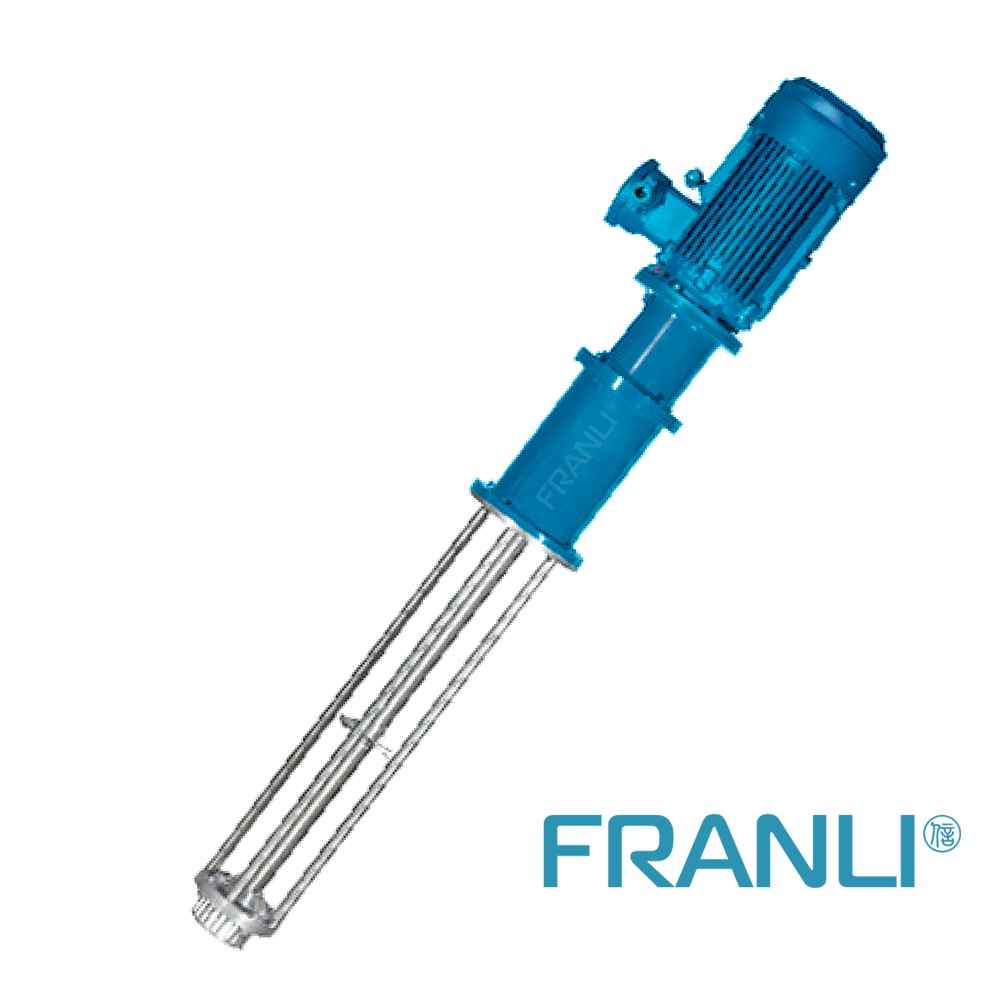
High Shear Emulsifier
The high shear Emulsifier is widely used in the experimental fields of liquid mixing, emulsification, liquid/solid powder dispersion, and slurrying in biology, physics, chemistry, cosmetics, health care products, food, paint, coatings, and chemicals.
News
Laboratory Reactor: Guide to Stirring System
The laboratory reactor is composed of a pot body, a pot cover, an agitator, a jacket, a support and transmission device, a shaft seal device, etc.
Grinding Media for Bead Mill | Zirconia Beads & Zirconium Silicate Beads
Bead mills mainly use grinding balls as media, and use impact, extrusion, and friction to achieve the final grinding effect, which mainly depends on the size and hardness of the grinding beads, the filling rate of the grinding beads, and the collision frequency adjustment between the grinding beads and the particles.
Overview of Laboratory Reactor
Laboratory reactors, also known as lab reactors, are essential tools in scientific research, product development, and process optimization. These reactors provide a controlled environment for conducting chemical reactions, mixing, dispersing, and homogenizing processes.
Bead mills | Manufacturing technology in various industries
Bead mills, also known as sand mills or grinding mills, are versatile machines widely used across various industries for the wet grinding and dispersion of solid particles in liquid media.
Ribbon Blender Mixer Equipment
A ribbon blender mixer, also known as a ribbon mixer or horizontal ribbon blender, is a powerful industrial machine designed for thorough and efficient blending of various materials.
What is A Stainless Steel Reactor?
Stainless steel reactors are essential equipment in various industries, including chemical, pharmaceutical, biotechnology, and food processing.
